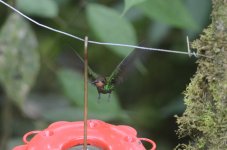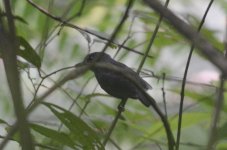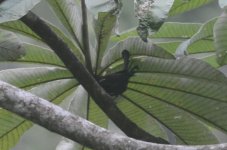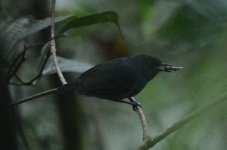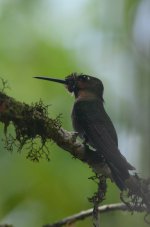nikothomsen
Well-known member
Hi,
I realize there's not many details in some of the pics, but I hope some of you can help!
1. A very green Fawn-breasted Brilliant?
2. Some antvireo?
3. No clue
4. Antvireo?
5. No clue
I realize there's not many details in some of the pics, but I hope some of you can help!
1. A very green Fawn-breasted Brilliant?
2. Some antvireo?
3. No clue
4. Antvireo?
5. No clue




